Research Projects
ICS Augmentation tool – Master’s Research
To support first responders to make quality decisions during disaster response with a minium cognitive workload
Look for UX skills including research experiment design, user interviews, observation, contextual inquiry, writing design recommendations, usability testing
Research Plan
My research questions were:
- Can a context based decision support system enhance human decision making?
- Can a tablet-based interactive interface display the on-scene information to improve the response time while making decisions?
Process
User Interviews
After the approval of my IRB, I recruited 20+ first responders from Fairborn Fire Department through emails. I designed two disaster scenarios involving chemical hazard and vehicular accident, framed questions based on those scenarios and recorded the user response.
A few sample questions from the script include:
- Upon arrival, what are the immediate priorities of the Incident Commander (IC)?
- Who will the IC notify at this phase of the incident?
- Where should the Incident Command Post (ICP) be located?
- What information is important in order to take those initial actions?
- From where would the IC obtain the information he/she would need at this phase of the incident?
Some sample responses include: Immediate priorities of the Incident Commander
Immediate priorities would be to take measures to ensure the life safety of the people involved in the incident and the environmental safety.
Chiefs involved on scene
At this point of time, alarms will be used as a form of communication to ask for resources required to manage the incident. Additional notifications will be sent via Dispatcher to Operation Section officer, Law enforcement officer (to ensure safety of the parameter), Hazmat for (chemical identification, Department of transportation (to clear the traffic and isolate the incident area) for an effective incident management.
Information that an IC needs to know
Important information that an IC needs to know at this instant are aerial view of the incident, number of vehicles involved in the accident, if there is a trace of any chemical in the incident, victims of the incident, if any responders been exposed to the Hazmat.

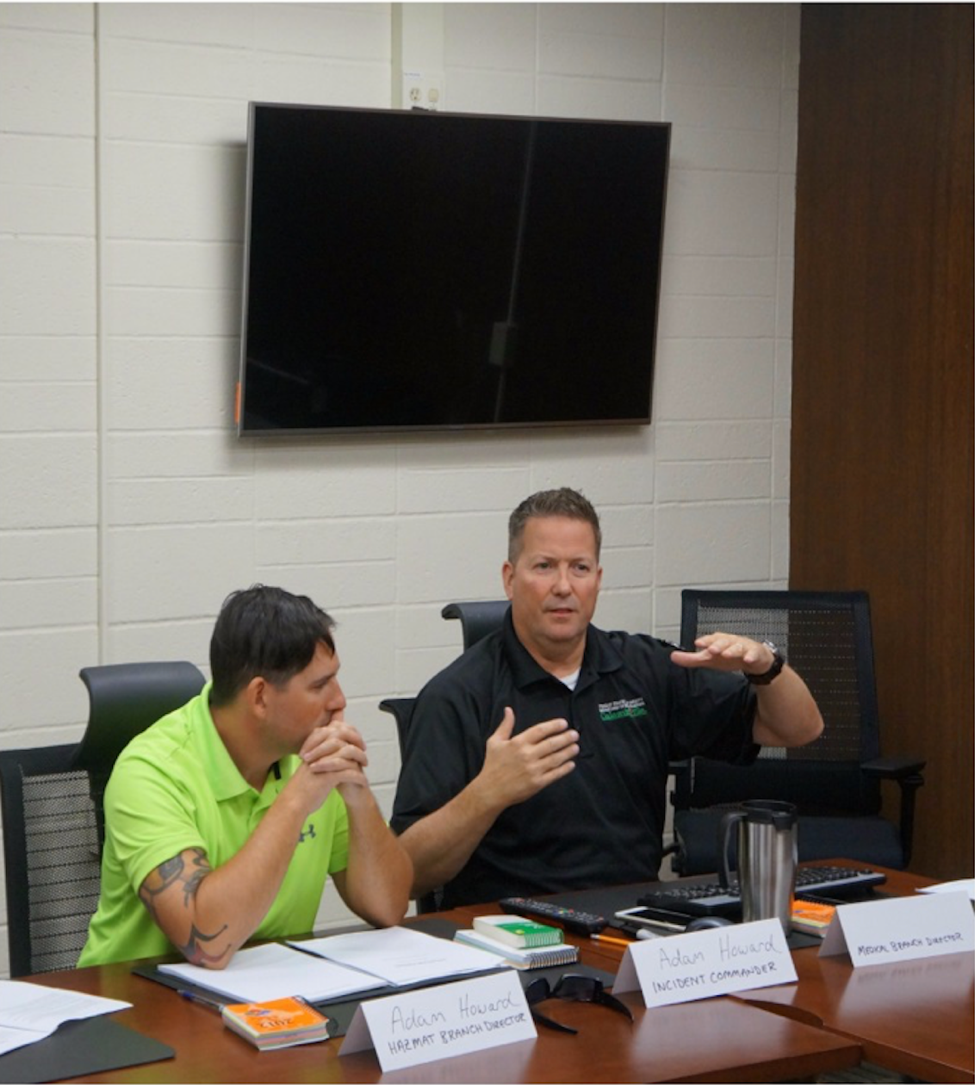
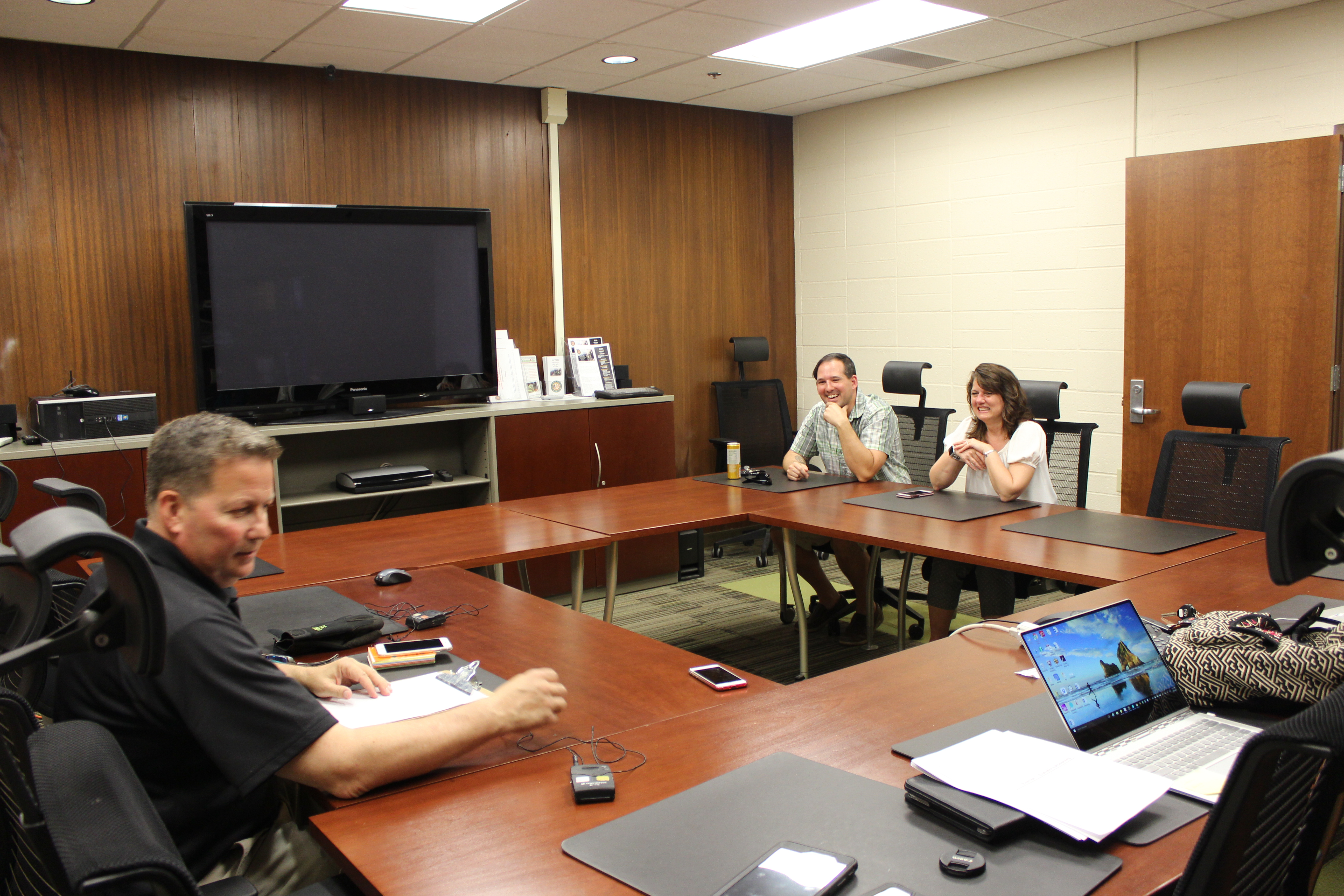
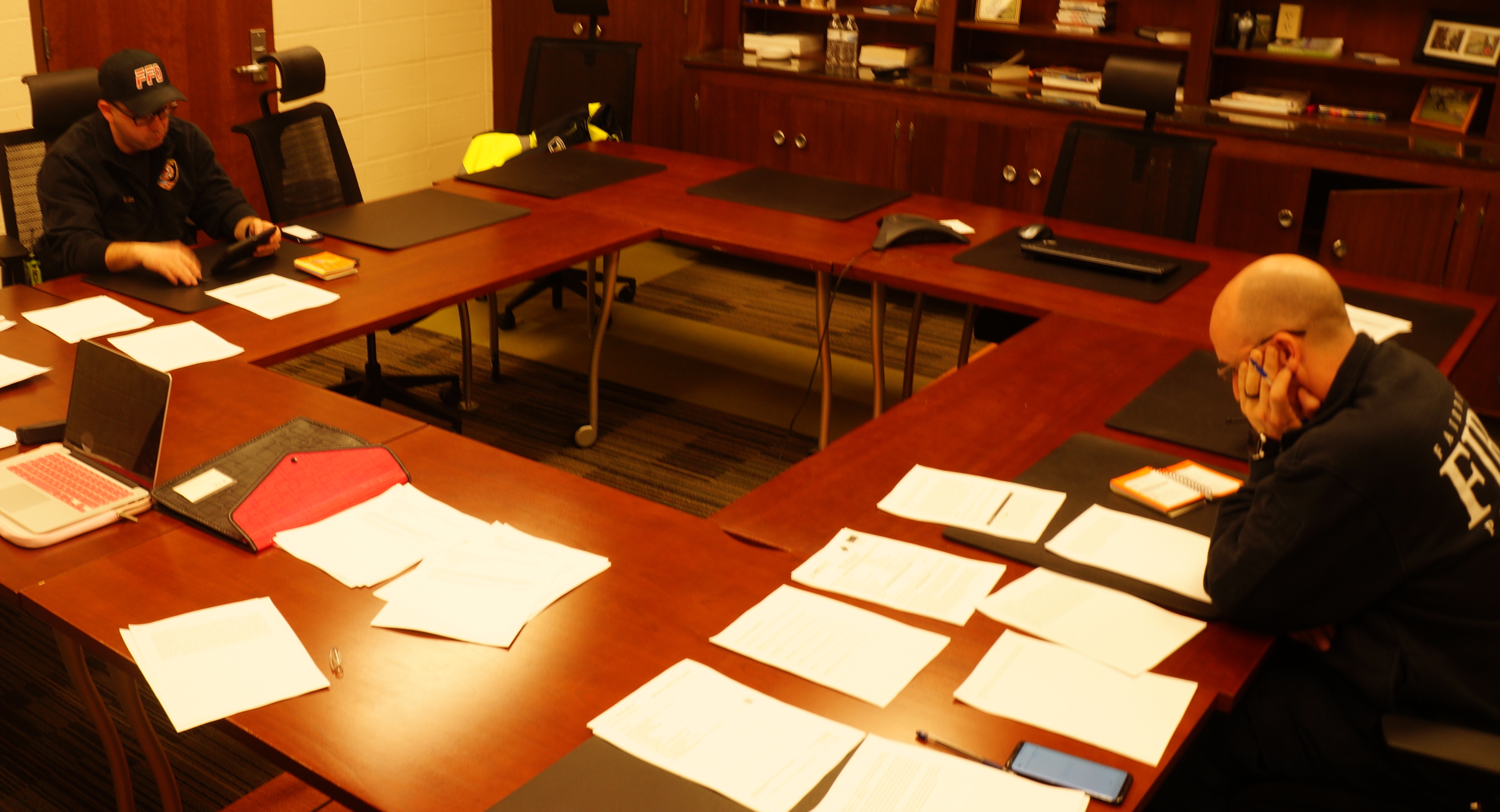
Based on interview response I created a High-Fi prototype on AxureRP and conducted usability evaluation with experts
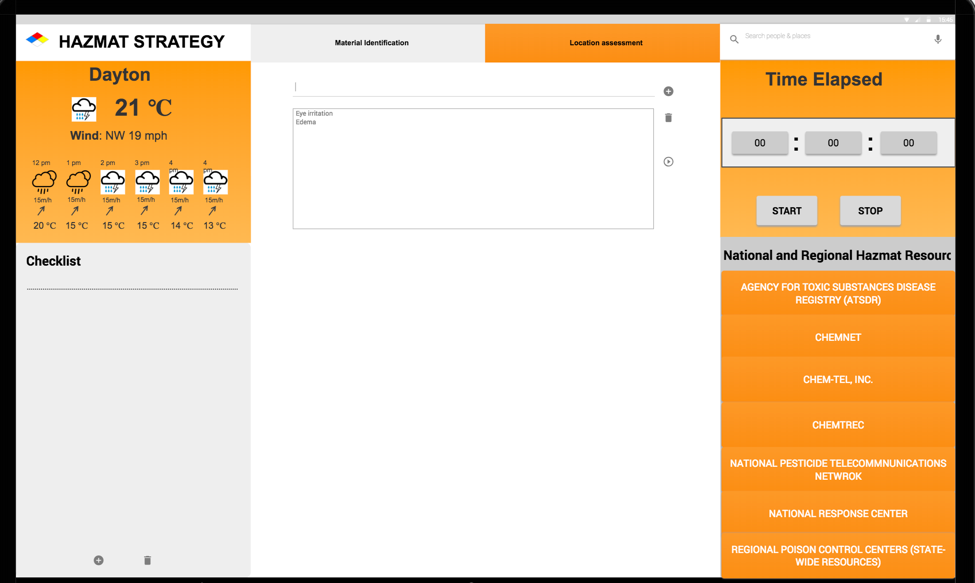
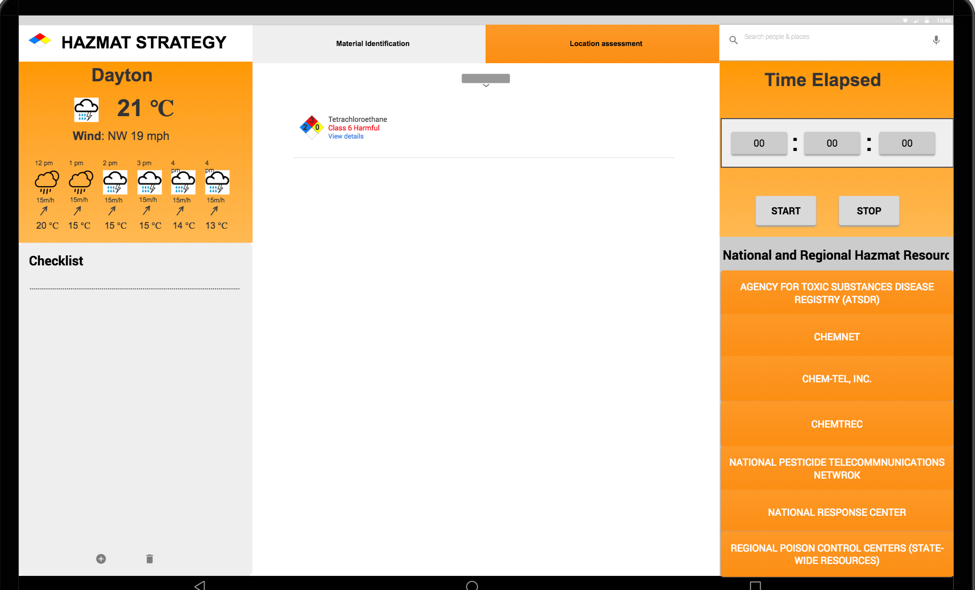
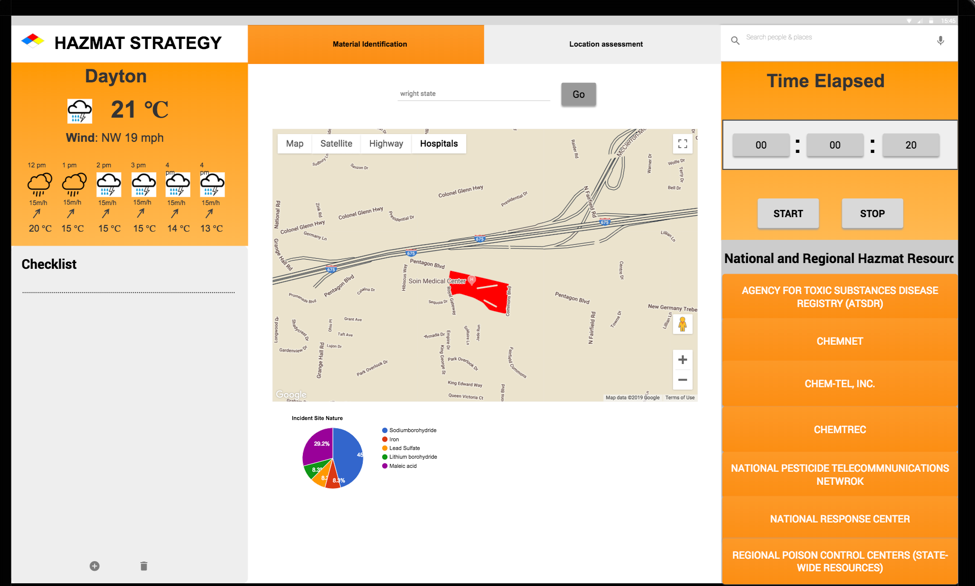
User Observation
Implemented the simulated hazard scenarios in a training environment to observe and understand the user behavior during response planning and to evaluate the usefulness of the prototype
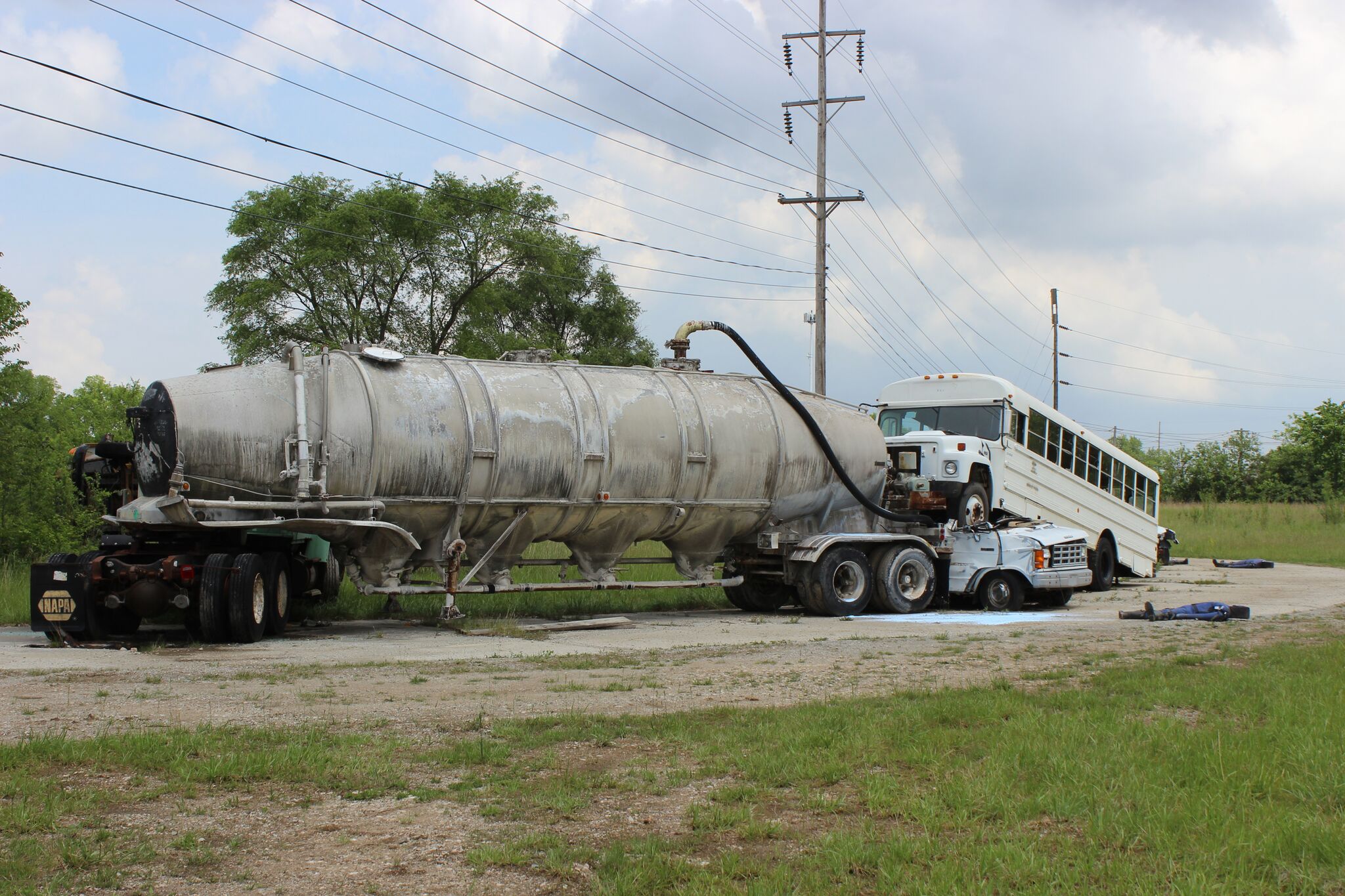

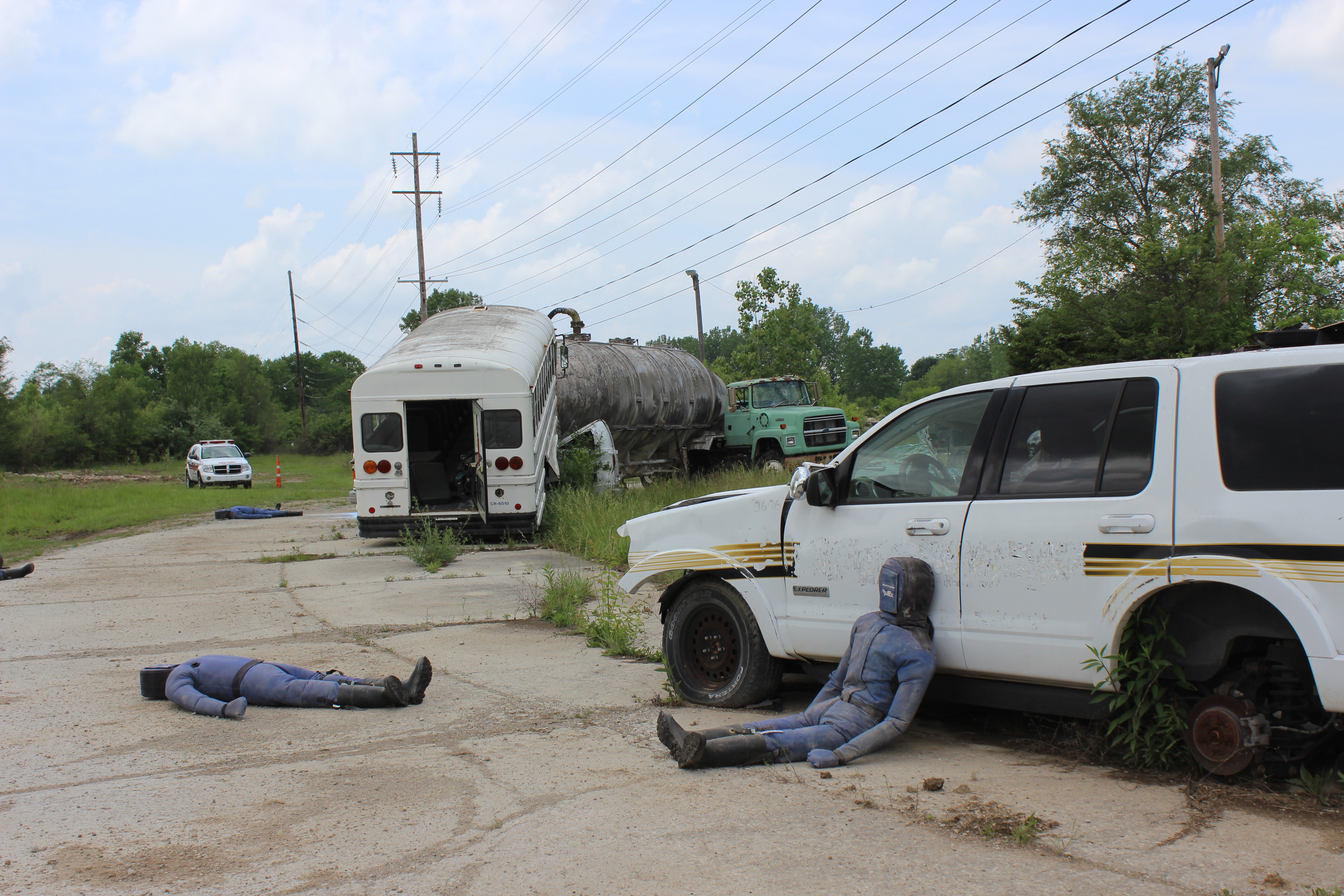
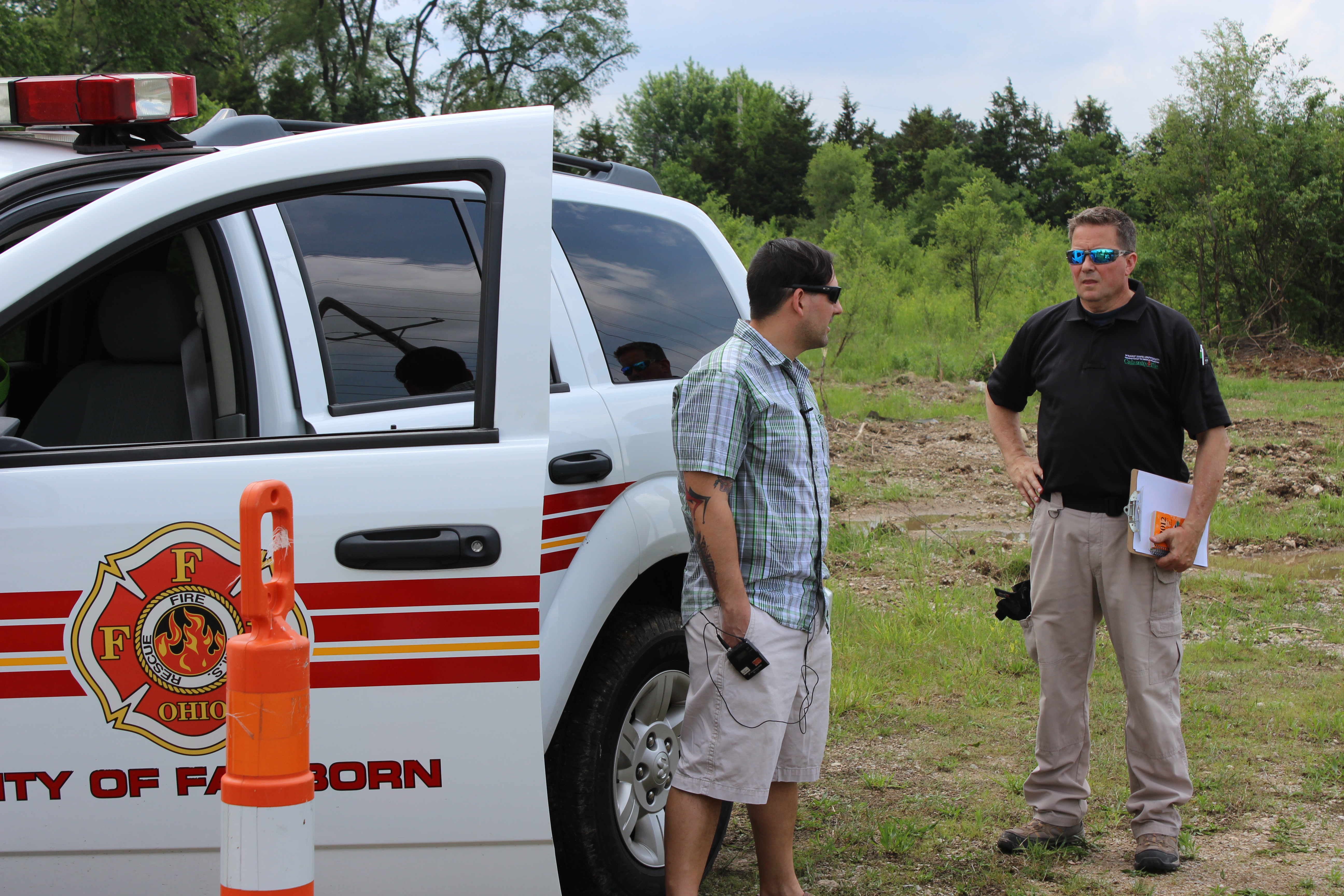
After the drill was over, the responders were asked fill out a questionnaire to evaluate the use of prototype during time-critical disaster scenarios
Some of the questions included:
- Please rate your experience working with system
- Are there any features in the prototype that are least important or completely removed?
- How supportive are the information in the prototype in making decisions?
- Which form factor that you believe will be more appropriate on scene?
From the responses, I identified the usability issues and developed a functional application on android addressing those issues
Usability issues:
- Presenting multiple information in one screen was overwhelming
- Response time and more number of interactions
- Use of large form factor tablet
Overcoming the issues:
I planned to use smaller size tablet which would be easy to carry and use it on disaster scene. Minimized the user interaction with by providing necessary information in one click. Augment the system by incorporating AI methodolies to provide context-based information at right time without being requested by the user. Context-based knowledge was given to the system using Ontology.
System development and Experiment Design
Built Decision Support System (DSS) as a mobile application and determined the usability aspects with a heuristic evaluation.
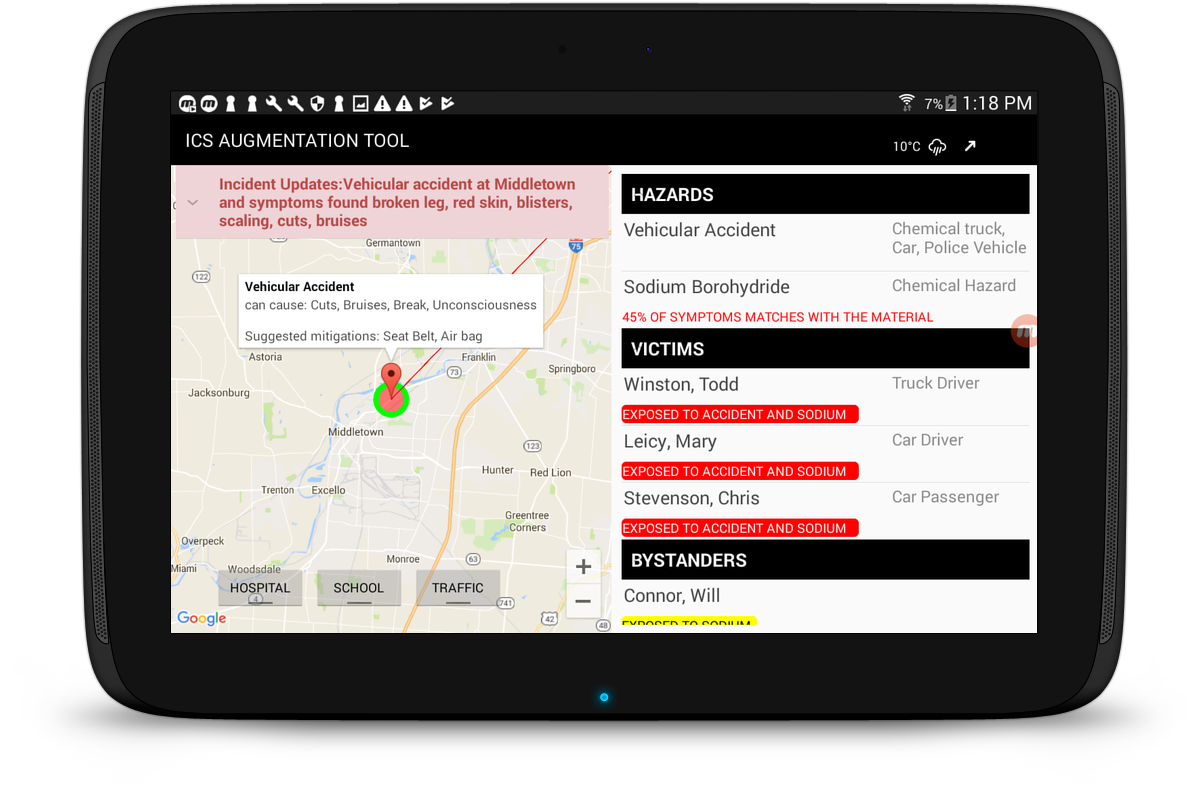
Analyzed the quantitative data utilizing JMP and constructed reports to show the significant difference in user response quality with and without the use of DSS.
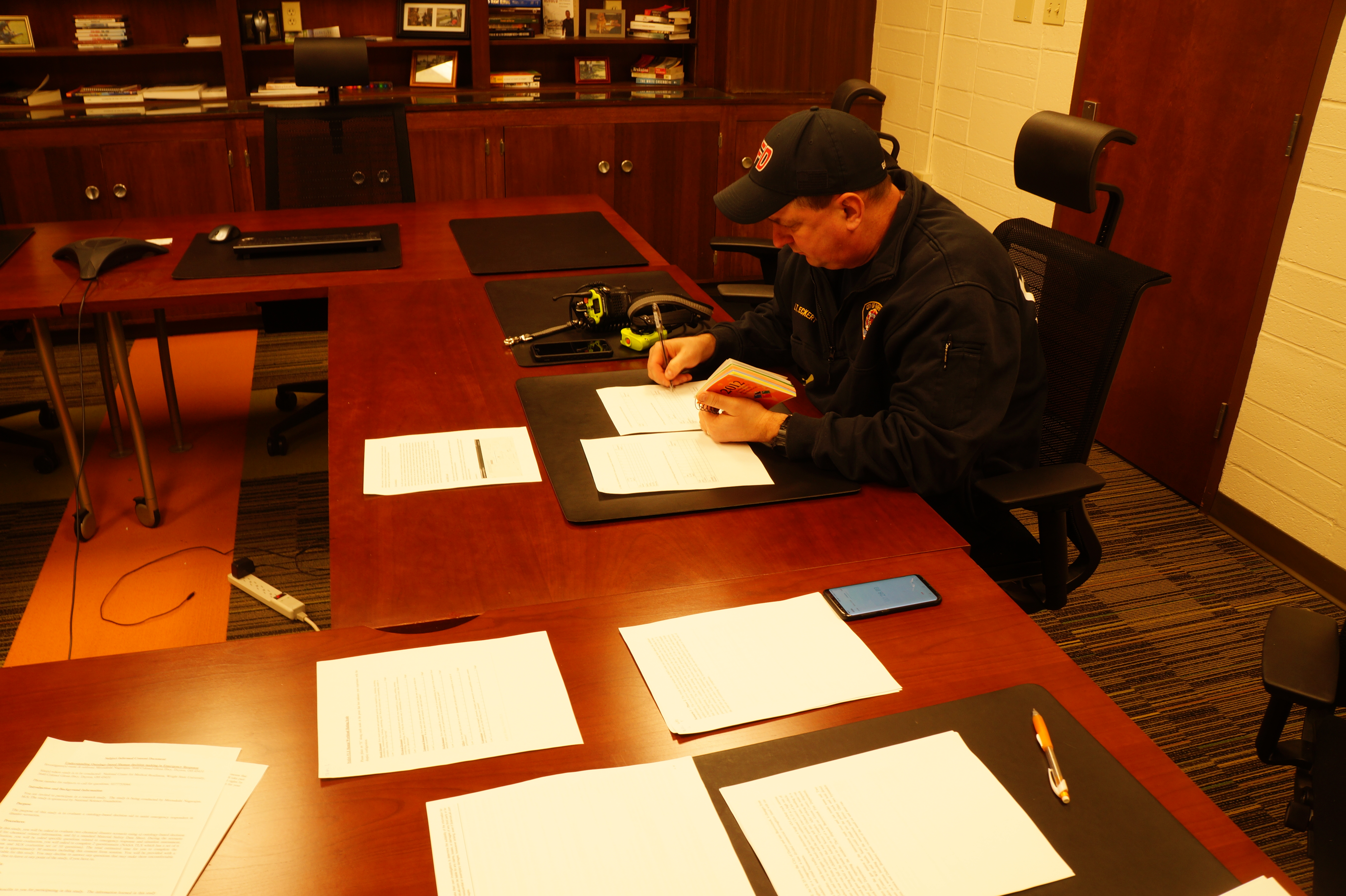
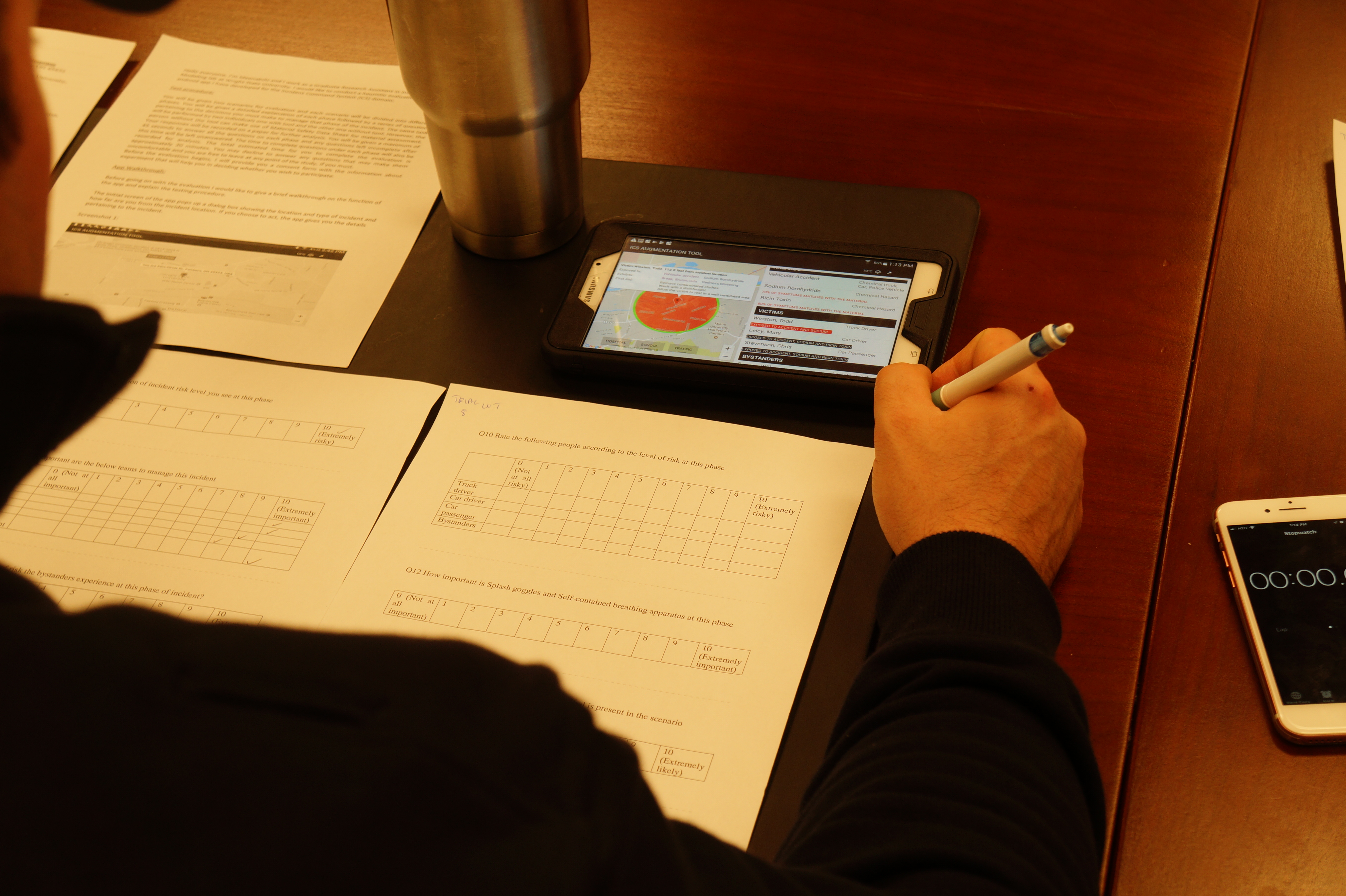
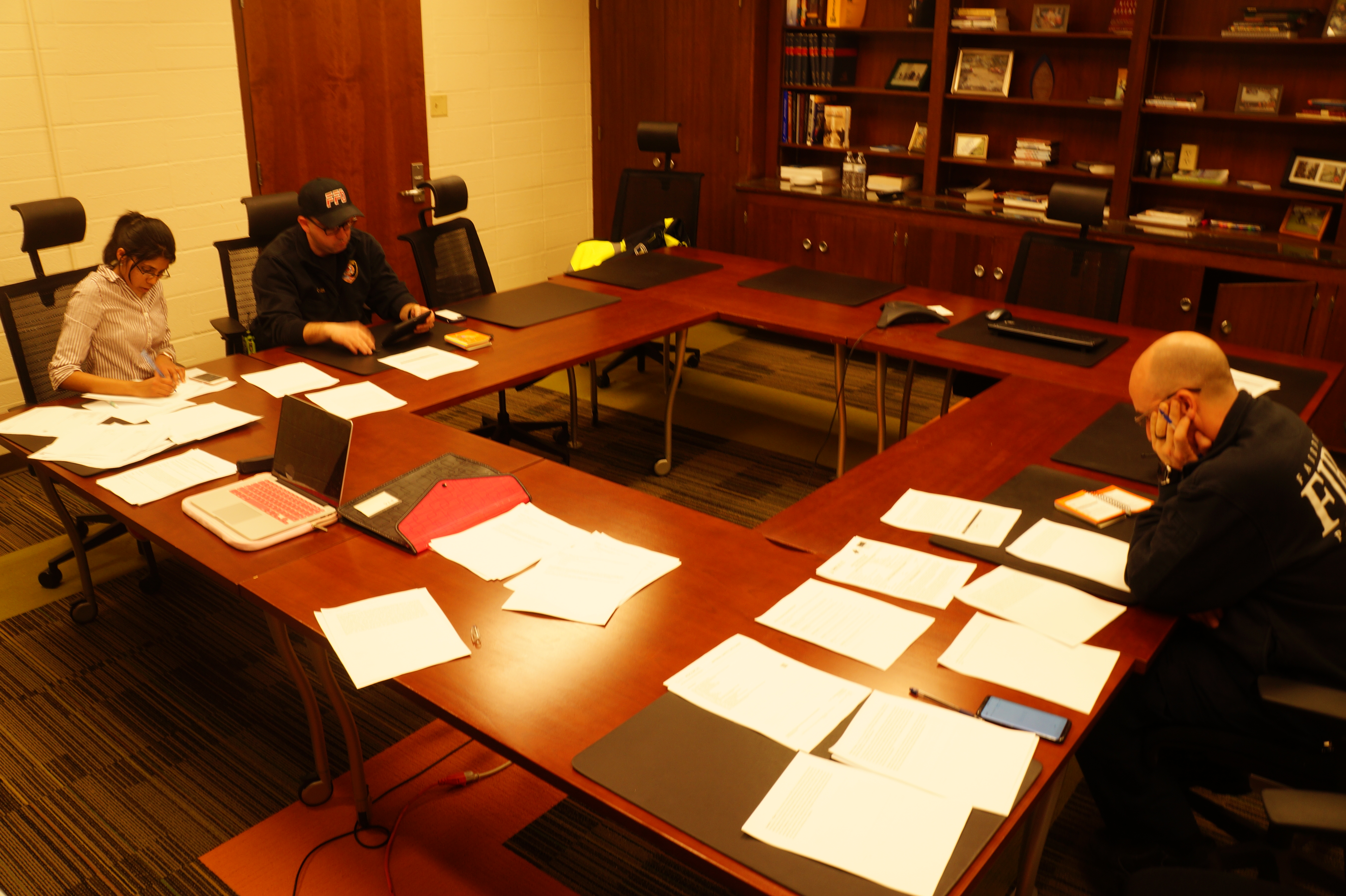
What I learned
- Interative interviews with subject matter experts helped identify the problem areas and the product goal
- Prototyping helped visualize the design recommendations without spending significant amount of time on coding
- A refined product goal and research questions helped in experiment design
- Usability testing on a prototype can also lead to some useful results
- A simple timer can simulate the time critical nature of a disaster incident even if it's not perfect